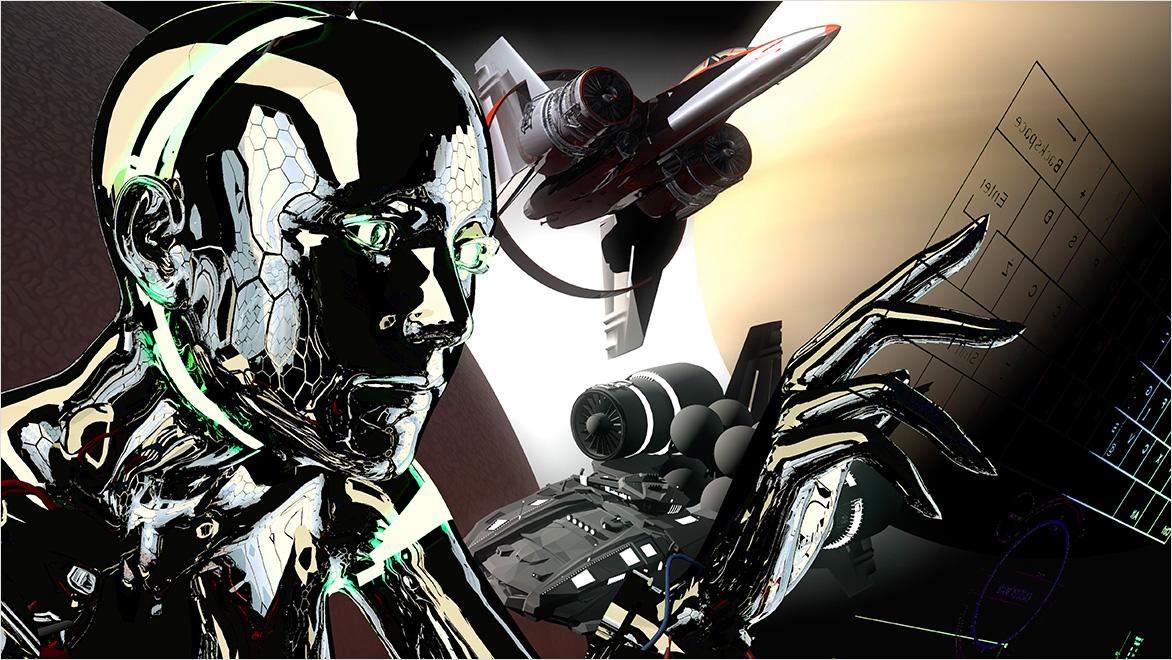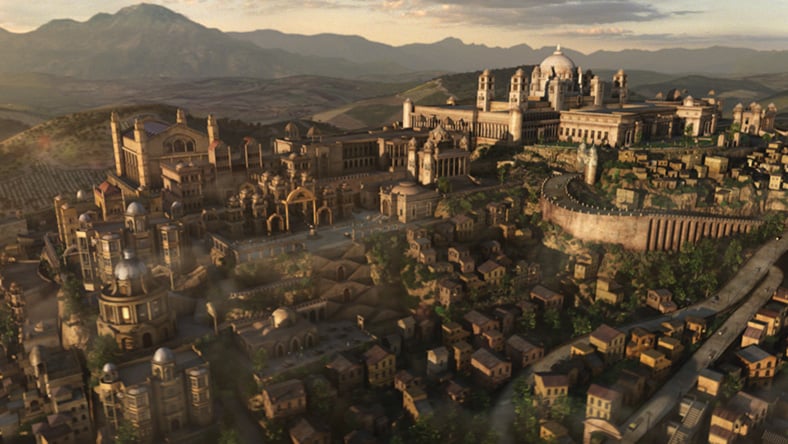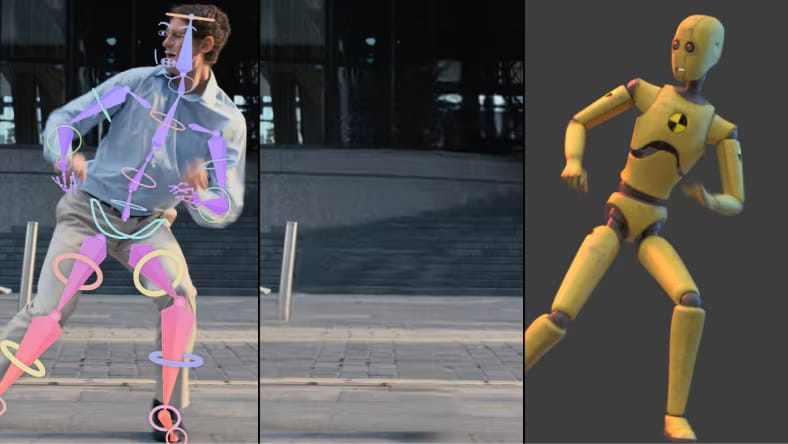& Construction

Integrated BIM tools, including Revit, AutoCAD, and Civil 3D
& Manufacturing

Professional CAD/CAM tools built on Inventor and AutoCAD
2D animation is a traditional method for producing stories where animators draw each frame by hand (or now, digitally). Animators create multiple drawings (like those on a flat piece of paper) of characters in different positions and display the drawings quickly, one after another. When you do so, the characters move and come to life. Think of classic cartoons like Chhota Bheem or Tom and Jerry.
Pros of 2D animation
Cons of 2D animation
3D animation is more like sculpting. You create models that have height, width, and depth in a digital program such as 3ds Max or Maya. Think of classic animated movies like Frozen or Toy Story. Animators build the characters in a virtual 3D space that they can move around like puppets to show motion and tell a story.
Pros of 3D animation
Cons of 3D animation
With the right tools and techniques, you can use 3D animation software to create cartoons that look like they were drawn in 2D and get the best of both worlds. Imagine building a 3D model of a character but then applying textures—images placed on a model—to make it look flat and hand-drawn. This way, you can move the 2D-like character around easily in 3D space. This helps you keep otherwise difficult parts of animation, such as perspective, in check at all times.
Some reasons you may want to use 3D animation vs. 2d animation include:
Mastering the 3D and 2D difference and blending both techniques opens new possibilities in the animation space. It’s bringing two ways of telling a story with drawings. One is like flipping a book where each page has a picture that moves a little bit more than the last one, and the other is like playing with clay figures you can see from all sides.
Let’s look at examples of 2D versus 3D animation examples in modern film and TV.
This animated series expands the universe of the Baahubali films and blends 2D and 3D animation techniques. The characters are animated in 2D, while the backgrounds and certain elements use 3D animation to add depth and scale to the storytelling.
Image courtesy of EyeQube Studios Pvt. Ltd.
This movie blends 3D computer animation with 2D animation techniques to create a visually stunning, comic-book-inspired aesthetic. The movie uses hand-drawn textures, motion lines, and onomatopoeia to mimic the feel of a comic book.
Image courtesy of Yulia Petrova
The Legend of Hanuman is an animated series that combines 3D animation with 2D effects. The show uses 3D character models and environments, enhanced with 2D textures and hand-drawn elements to create a rich visual experience.
Image courtesy of Geraint Rowland Photography
Wonder Dynamics powerful AI-toolset Wonder Studio empowers creators and artists to focus more on the iterative and creative aspects of storytelling. You can turn your footage into live-action animated films, commercials, music videos, and more with AI-powered Wonder Studio.
Replace live actors with 3D characters and seamlessly capture facial, body, and hand movements with Wonder Studio's AI mocap technology. Get complete motion capture data for your project in USD or FBX formats, with advanced character bone retargeting and export-ready animations.
Gain ultimate flexibility for precise character placement and movement control with the Camera Track Tool. Match movements of a virtual camera to real-life scenes for realistic alignment and motion and detect the planes within your scene using Point Cloud.
Export selected project elements enabled during Render Setup. From Clean Plate, to Camera Track, and Alpha Masks, customize and download your desired outputs to see exactly what you need for the creative task at hand.
Using these tools can help streamline your workflow with:
When deciding between 2D vs 3D animation, think about:
Keep in mind, there's no one-size-fits-all answer. Sometimes, mixing both methods can give you the best results. Understanding the difference between 2D animation and 3D animation helps you choose the best way to create something special for your project.
Call 000-800-040-2543 (9:30 AM to 5:30 PM India local time) if you need our assistance.
Learn how to create animated illustrations with exaggerated 2D animation dynamics using motion amplifiers that simplify complex effects into manageable parts
This resource offers valuable insights into speeding up your rendering process without sacrificing quality.
Autodesk Education Community provides free access to Autodesk software for students, educators, and administrators from qualifying educational institutions.
2D animation is like drawing on flat paper. Everything happens in two dimensions: height and width. 3D animation adds the third dimension—depth. This means characters and objects can be viewed from any angle, like sculptures you can spin around.
Learning 2D animation can be simpler to start with because it focuses on drawing skills and understanding movement on a flat plane. 3D animation involves more complex software and concepts like modelling, texturing, and lighting, which can take longer to master. However, your interest and background can make one easier than the other.
Not exactly. While 3D animation is popular in movies and games, 2D animation is still widely used in TV shows, advertisements, and web content. Both styles have their place, and sometimes they are combined to create unique visuals.
Yes! You can use 3D software to make animations that look like 2D cartoons. This is done by creating 3D models and then applying special effects to give them a flat, hand-drawn appearance. This approach can save time and maintain consistency in your animations.
Yes, 3D animation software is resource-intensive. You'll need a computer with a strong processor, plenty of RAM, and a good graphics card to run programs like Autodesk Maya smoothly. This helps in rendering animations faster and working without slowdowns.
Absolutely! Knowing both expands your skill set and makes you more versatile as an animator. You can choose the best style for each project or combine them to create innovative animations.
Both 2D and 3D animators are in demand in India. The film, television, advertising, and gaming industries need animators with various skills. However, 3D animation skills might open up more opportunities in high-budget projects and international collaborations.
Use 3D software to create your models and animations, then apply shaders and effects that give a flat, hand-drawn look. Techniques like cel shading can make 3D objects appear 2D. This way, you get the efficiency of 3D animation with the charm of 2D visuals.










